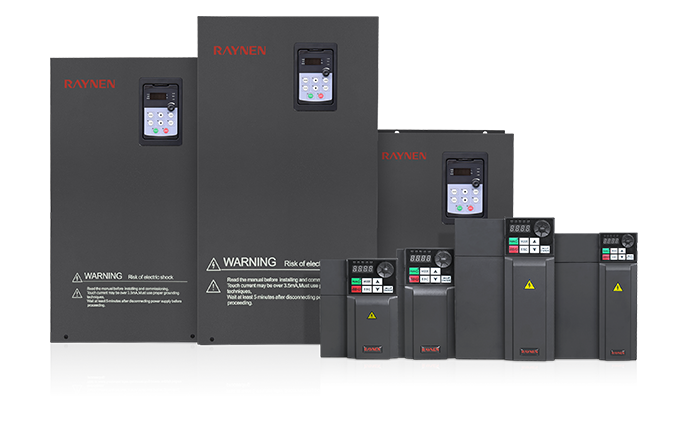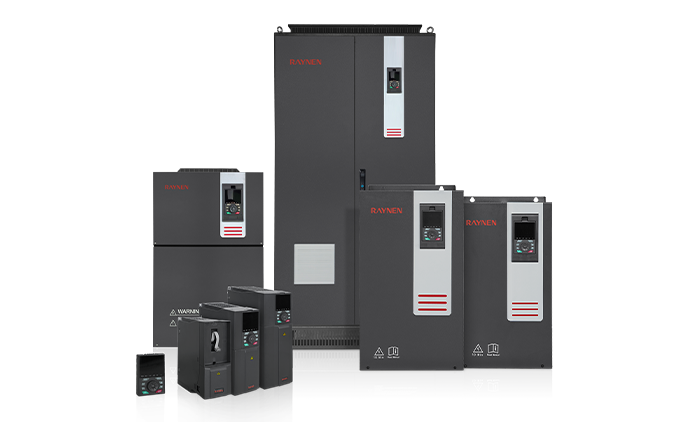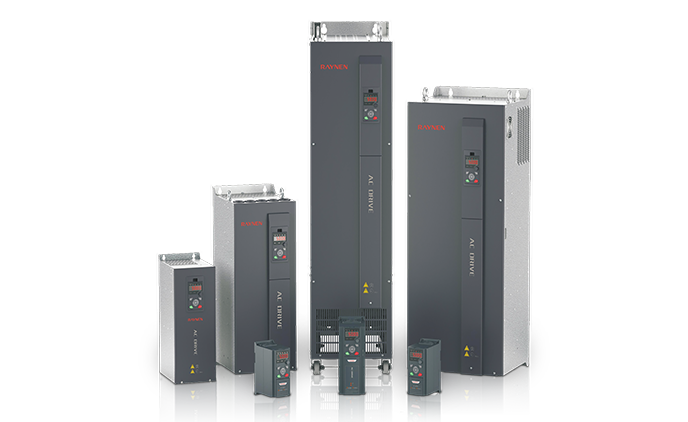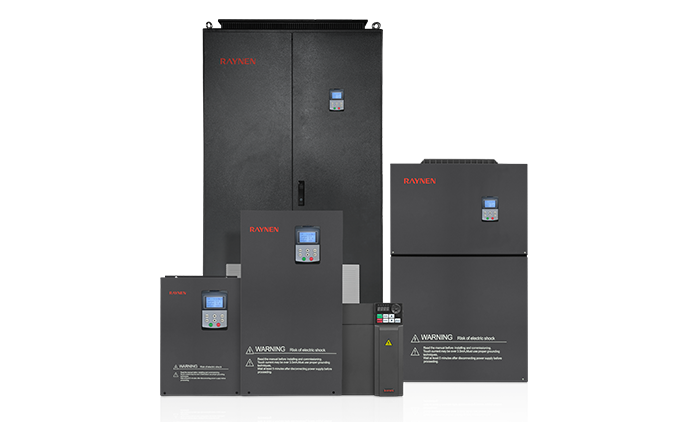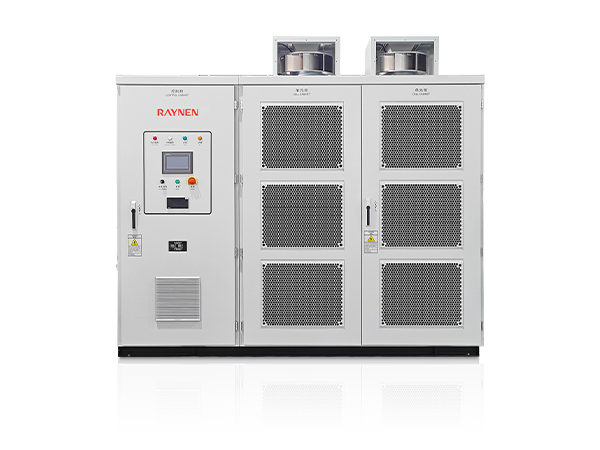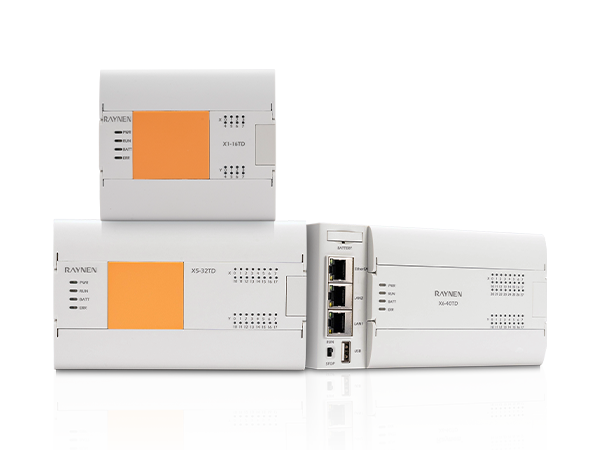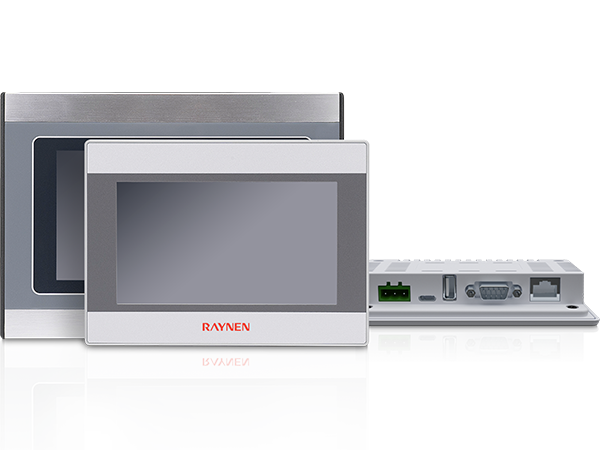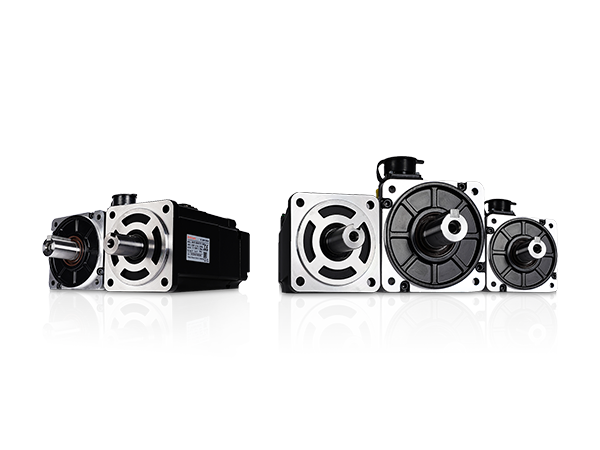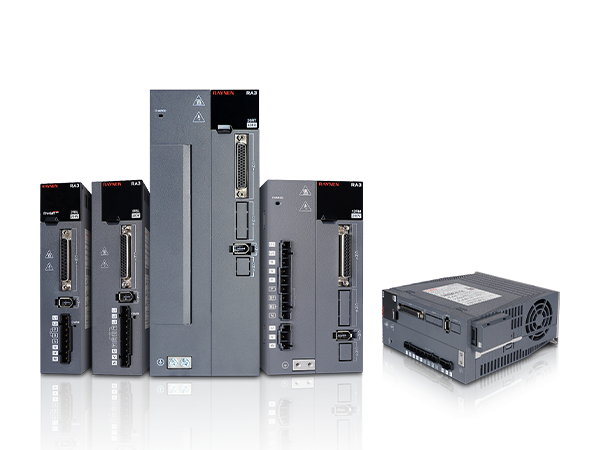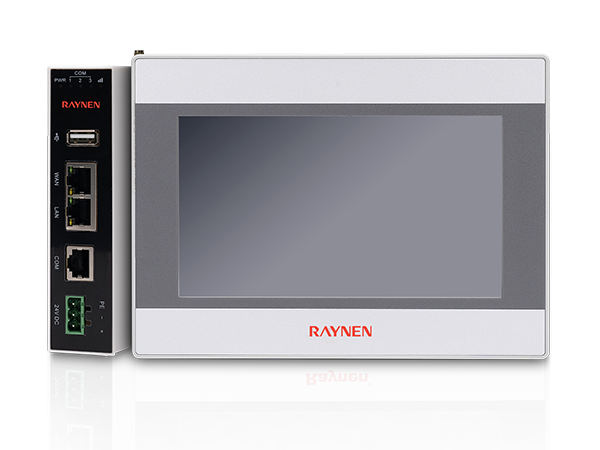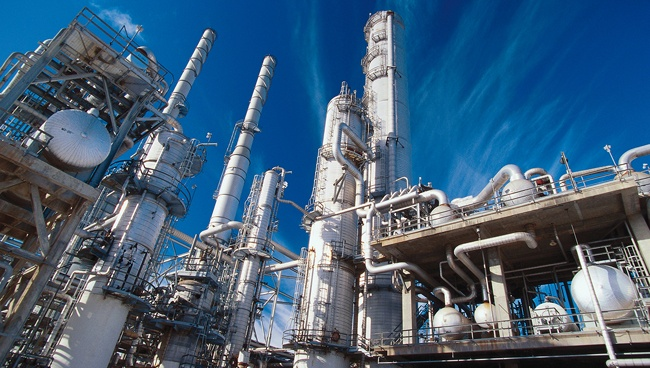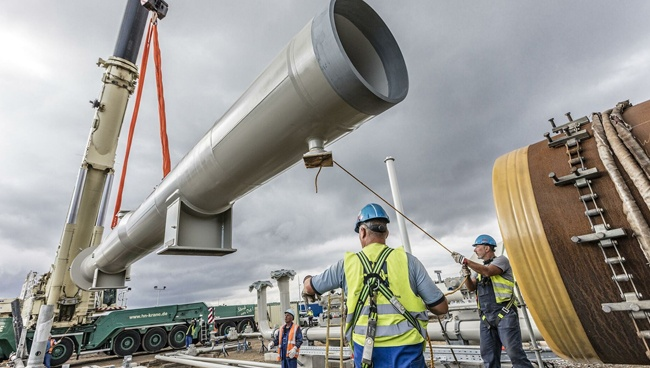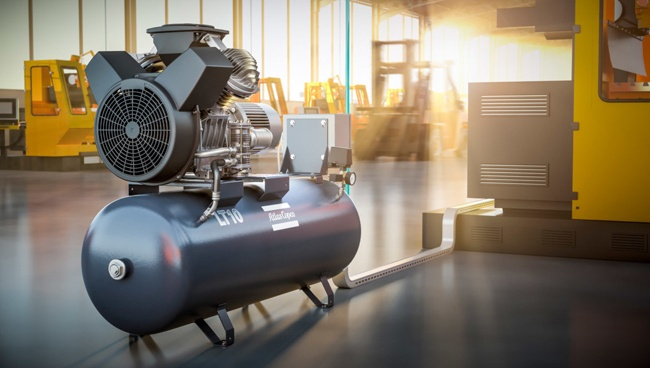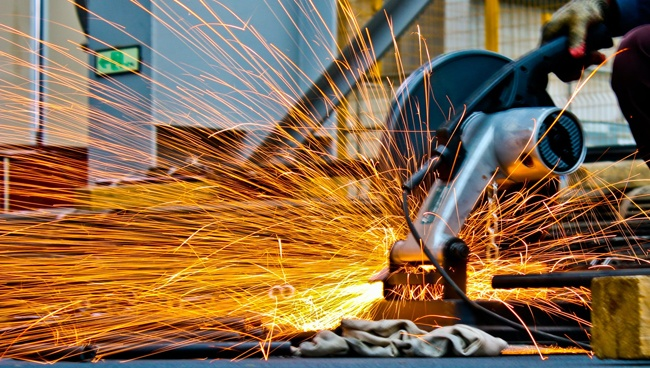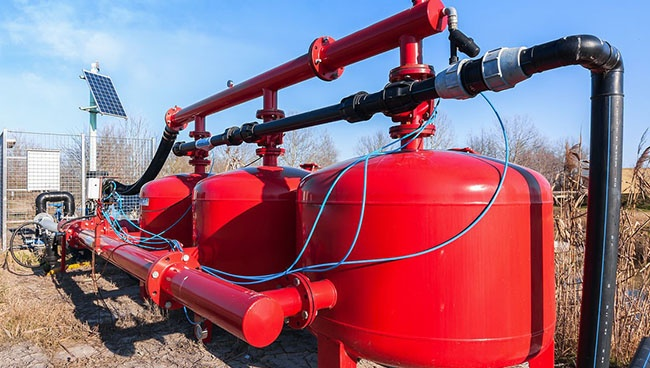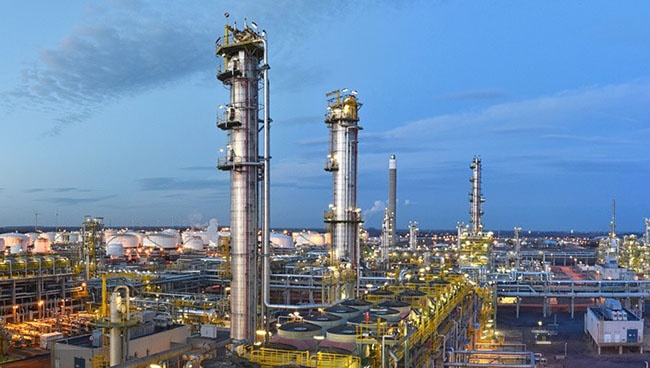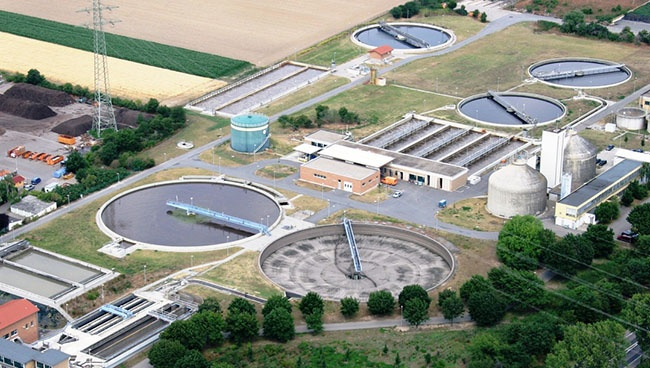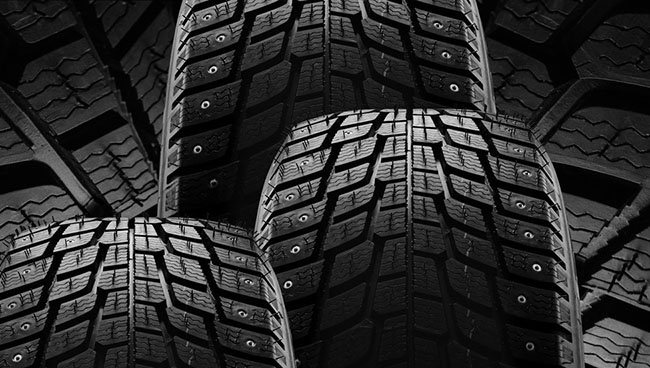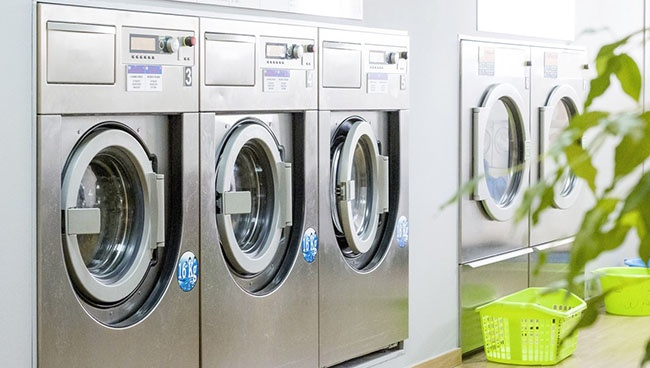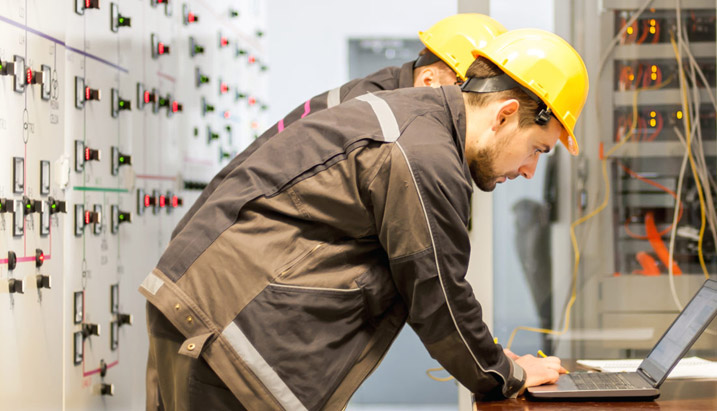1.Introduction to AC Drives (Variable Frequency Drives) In the realm of modern industrial control an......
READ MOREWhat's the difference between a VFD and a soft starter?
In the world of industrial automation and motor control, Variable Frequency Drives (VFDs) and soft starters are both critical components designed to manage the operation of AC electric motors. While they share the common goal of protecting motors and the systems they drive, their functionalities, complexities, and ideal applications differ significantly. Understanding these distinctions is key to selecting the right device for your specific needs.
Soft Starters: Gentle Beginnings
A soft starter, also known as a Reduced Voltage Soft Starter (RVSS), is primarily designed to provide a smooth and controlled startup for an AC motor. Its main function is to limit the initial inrush current and torque that occurs when a motor is started directly across the line (i.e., immediately applying full voltage).
How They Work
Soft starters achieve this "gentle" start by gradually increasing the voltage supplied to the motor. They typically use Silicon Controlled Rectifiers (SCRs) or thyristors in each phase to chop the AC waveform, thereby reducing the effective voltage. This gradual voltage ramp-up allows the motor to accelerate smoothly, reducing mechanical stress on the motor and connected equipment (like belts, gears, and pipes) and mitigating electrical disturbances on the power grid.
Key Characteristics:
-
Voltage Control Only: Soft starters primarily control the voltage applied to the motor. The frequency of the power supplied to the motor remains constant (e.g., 50 Hz or 60 Hz).
-
Startup & Shutdown Focus: Their main purpose is to manage the acceleration and, in some cases, the deceleration (soft stop) of the motor. They do not offer continuous speed control during normal operation.
-
Simpler Design: Generally, soft starters are less complex and more compact than VFDs, making them easier to install and often more cost-effective for their specific function.
-
Cost-Effective for Fixed Speed: They are an economical choice for applications where the motor operates at a constant speed once it reaches full RPM.
Typical Applications:
Soft starters are ideal for applications where smooth starts are crucial but continuous speed variation is not required. Common applications include:
-
Pumps: To prevent "water hammer" (sudden pressure surges) in pipelines.
-
Fans and Blowers: To reduce mechanical shock and noise during startup.
-
Conveyors: To avoid jerky starts that can spill materials or damage the belt.
-
Compressors: To control startup torque and reduce wear.
-
Saws and Crushers: Where a controlled start prevents excessive mechanical strain.
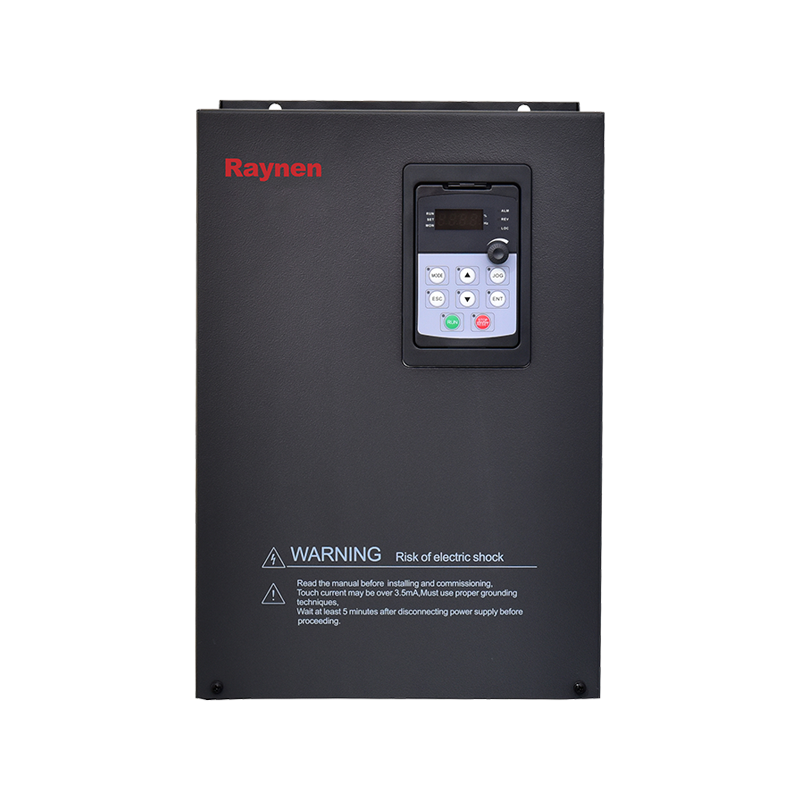
Variable Frequency Drives (VFDs): Comprehensive Control
A Variable Frequency Drive (VFD), also known as an Adjustable Speed Drive (ASD) or frequency inverter, is a much more sophisticated device that offers precise and continuous control over an AC motor's speed and torque. Unlike soft starters, VFDs can vary both the voltage and the frequency supplied to the motor.
How They Work
VFDs operate in three main stages:
-
Rectifier: Incoming AC power (fixed voltage and frequency) is converted into DC power.
-
DC Bus: The DC power is then filtered and smoothed by capacitors.
-
Inverter: This DC power is then converted back into AC power, but at an adjustable voltage and frequency. This is typically done using Insulated Gate Bipolar Transistors (IGBTs) that rapidly switch on and off to create a pulse-width modulated (PWM) waveform that approximates a sine wave. By controlling both voltage and frequency, a VFD can maintain an optimal volts-per-hertz (V/Hz) ratio, which is crucial for maintaining motor torque across a range of speeds.
Key Characteristics:
-
Voltage and Frequency Control: VFDs can precisely adjust both the voltage and frequency supplied to the motor, allowing for dynamic control of motor speed, torque, and direction.
-
Continuous Speed Control: This is the primary advantage of a VFD. It can vary the motor's speed from zero up to and even above its rated speed.
-
Enhanced Energy Efficiency: By allowing the motor to operate only at the speed required for the load, VFDs can significantly reduce energy consumption, especially in variable torque applications (like fans and pumps).
-
Advanced Protection & Diagnostics: VFDs often incorporate advanced motor protection features (e.g., overcurrent, overvoltage, undervoltage, overload, phase loss, over-temperature) and provide extensive diagnostic information.
-
Higher Cost & Complexity: Due to their advanced functionality, VFDs are generally more expensive and larger than soft starters.
Typical Applications:
VFDs are essential for applications requiring precise speed control, energy savings, and optimal process control. Common applications include:
-
HVAC Systems: Controlling fans and pumps to match airflow and water flow to demand, leading to significant energy savings.
-
Manufacturing Processes: Controlling the speed of conveyors, mixers, extruders, and machine tools to optimize production and product quality.
-
Water and Wastewater Treatment: Managing pump speeds to maintain desired flow rates and pressures, while minimizing energy usage.
-
Cranes, Hoists, and Elevators: Providing smooth acceleration and deceleration for precise load handling and improved safety.
-
Any application with variable load requirements: Where adjusting motor speed can lead to process optimization and energy savings.
Summary of Differences:
Choosing the Right Device:
The choice between a VFD and a soft starter ultimately depends on the specific requirements of your application:
-
Choose a Soft Starter if: Your primary concern is to reduce mechanical stress and electrical disturbances during motor startup, and the motor will operate at a constant speed for the majority of its run time.
-
Choose a VFD if: You need precise control over motor speed throughout its operation, desire significant energy savings in variable load applications, or require advanced motor protection and diagnostic capabilities.
In essence, while both devices protect your motors, a soft starter acts like a gentle on/off switch for fixed-speed applications, whereas a VFD provides a full range of speed control, making it a versatile tool for optimizing motor performance and energy efficiency in dynamic processes.

 English
English Español
Español عربى
عربى
